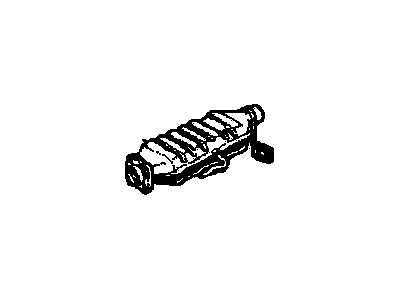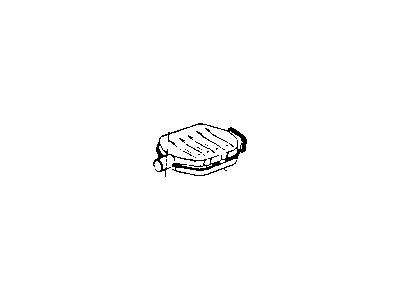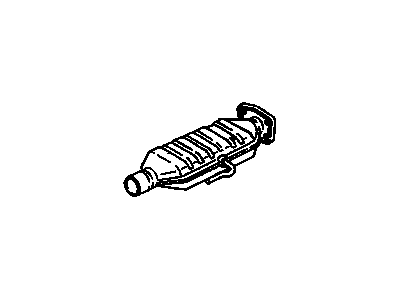
My Garage
My Account
Cart
Genuine Chevrolet El Camino Catalytic Converter
Cat. Converter- Select Vehicle by Model
- Select Vehicle by VIN
Select Vehicle by Model
orMake
Model
Year
Select Vehicle by VIN
For the most accurate results, select vehicle by your VIN (Vehicle Identification Number).
6 Catalytic Converters found
Chevrolet El Camino Catalytic Converter
CHEV ROLE & INSERT LOCATION: Catalytic Converter in the Chevrolet El Camino is part of the emission system, which changes toxic fumes such as CO, HC, and NO to water, CO2, and N when burnt in the engine chamber. Usually, it is constructed of a single cell of honeycomb core material covered with actual physical catalysts including platinum, palladium, and rhodium, besides optimizing the exhaust gas flow restriction to influence the engine performance. Failure can be caused by engine problems, for example, or records of impacts on converters, and signs of this failure can be blunted power, intense vibrations, and light up Check Engine lights. To solve these problems, performance catalytic converters are made for maximum flow and high durability and direct-fit and universal options for maximum oxidation/reduction ability.
Each OEM Chevrolet El Camino Catalytic Converter we offer is competitively priced and comes with the assurance of the manufacturer's warranty for the part. Furthermore, we guarantee the speedy delivery of your orders right to your doorstep. Our hassle-free return policy is also in place for your peace of mind.
Chevrolet El Camino Catalytic Converter Parts Questions & Experts Answers
- Q: How to maintain a catalytic converter on Chevrolet El Camino?A:The catalytic converter is an emission control device that reduces hydrocarbon and carbon monoxide pollutants in the exhaust system. It contains beads coated with platinum and palladium, and it is important to use unleaded gasoline to prevent lead contamination and corrosion. While periodic maintenance is not required, it is advisable to inspect the converter during other service. If the converter is ineffective, it can be replaced or the coated beads can be drained and replaced. Caution should be exercised when working on the converter due to its high temperatures. The removal process involves disconnecting the converter from the exhaust pipes and gently separating the flanges. Installation is the reverse of removal, using new nuts and bolts. There are two types of catalytic converters, and the monolith converter must be replaced entirely if it fails. The catalyst in bead-type converters can be changed by draining and filling the beads. This process is best done by a dealer with specialized equipment. To fill the converter with new beads, it should be raised at an angle and tapped lightly while pouring in the beads. A special service fill plug is required for installation. Once installed, the engine should be started and checked for leaks.













